Click to Skip Ahead
Goldfish can develop tumors and growths, especially as they age. It can be scary to see unusual growths on your goldfish, especially if you aren’t sure what they mean and how to treat them. Knowing what causes tumors and growths to appear on goldfish is important. You’ll be much closer to being able to provide excellent care to your goldfish and, hopefully, treat their condition.

What Causes Tumors and Growths on Goldfish?
Growths on goldfish are more common than you are likely aware. Most of the time, they are benign cutaneous tumors, primarily neurofibromas or schwannomas. Although the growths may be unsightly, they are not life-threatening to your goldfish. Truthfully, there are very few medical concerns associated with the growths, and little can be done for them. They can affect multiple layers of the skin, which can make complete surgical removal quite difficult.
These types of growths are most common in comet goldfish, but they also occur in fancy breeds. Some growths can become so large that they press on internal organs or inhibit movement for swimming, breathing, and eating, in which case veterinary intervention may be necessary.
Goldfish can develop cancerous tumors, but they are rare. Little is known about cancerous tumors in goldfish, so a vet visit is necessary so they can perform diagnostics and provide treatment guidance.
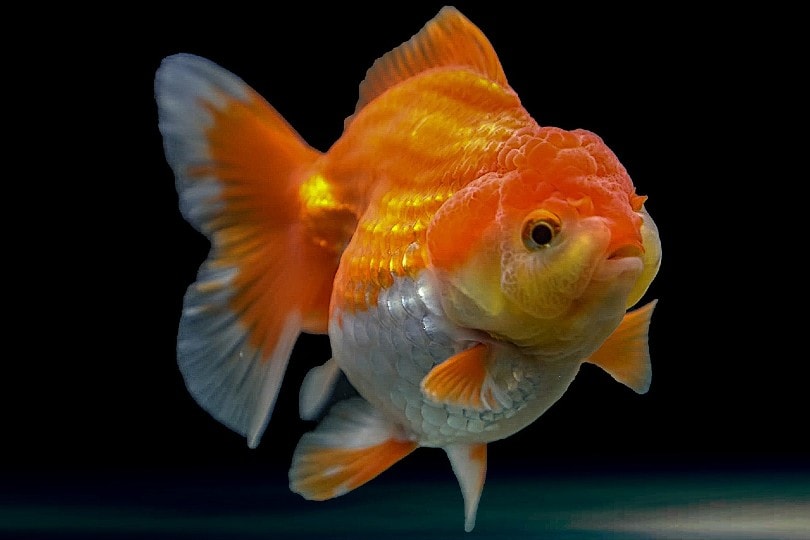
If your fish isn't behaving or looking as it normally does and you suspect it may be sick, ensure you provide the right treatment, by checking out the best-selling and comprehensive book The Truth About Goldfish on Amazon today.

It has entire chapters dedicated to in-depth diagnoses, treatment options, a treatment index, and a list of everything in our fishkeeping medicine cabinet, natural and commercial (and more!).

The 4 Ways to Care for Tumors and Growths on Goldfish
1. Identify the Growth
It can be challenging to identify growths on goldfish, but you should first rule out conditions that may look unusual but aren’t actual growths. This includes fungal and bacterial infections that cause loss of scales or fins, which can lead to a lumpy appearance. Some parasites, like Anchor worms, look similar to lumps and bumps.
You should also rule out dropsy, a sign of free fluid in the abdomen that indicates severe organ failure. Dropsy leads to a distinct swelling pattern that causes scales to point outward, giving the fish a pinecone appearance.
If you’ve ruled out other causes of the unusual appearance of your fish, you’ll need to talk to your vet.
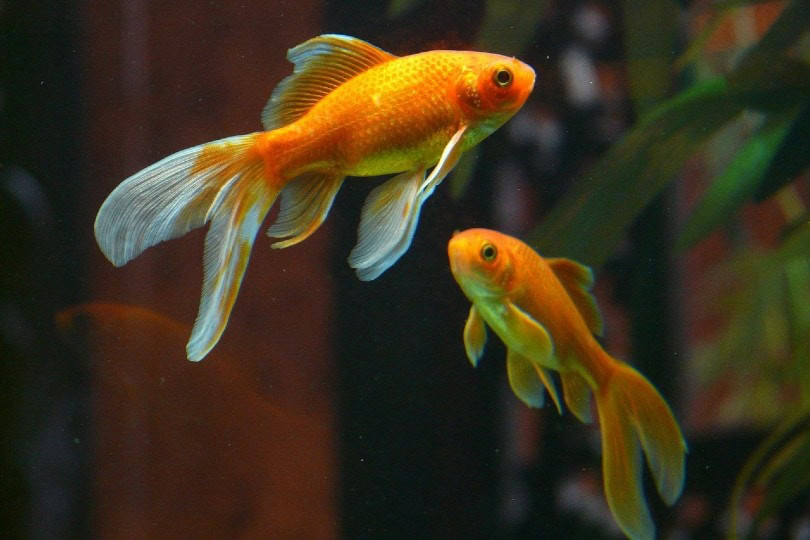
2. Talk to a Fish Vet
Finding a veterinarian who treats fish can be difficult, but the American Association of Fish Veterinarians has a search function to help you find fish vets near you. In some areas, agricultural or teaching vets may be the next best thing to finding a vet specializing in fish.
Before the appointment, take high-quality photos of the growths on your fish and ask your vet if you can email them. This may help your vet understand what’s happening and be prepared with a treatment plan when your fish arrives at the office.
3. Maintain High Water Quality
Whether you get your fish to a vet or not, ensuring your tank is clean and balanced should be high on your priority list. Check your parameters and ensure they are in line with healthy goldfish parameters. Provide your goldfish with regular water changes, ensuring you properly treat the water with dechlorinator before adding it to the tank. Good water quality is one of the best ways of preventing and treating medical problems in goldfish.
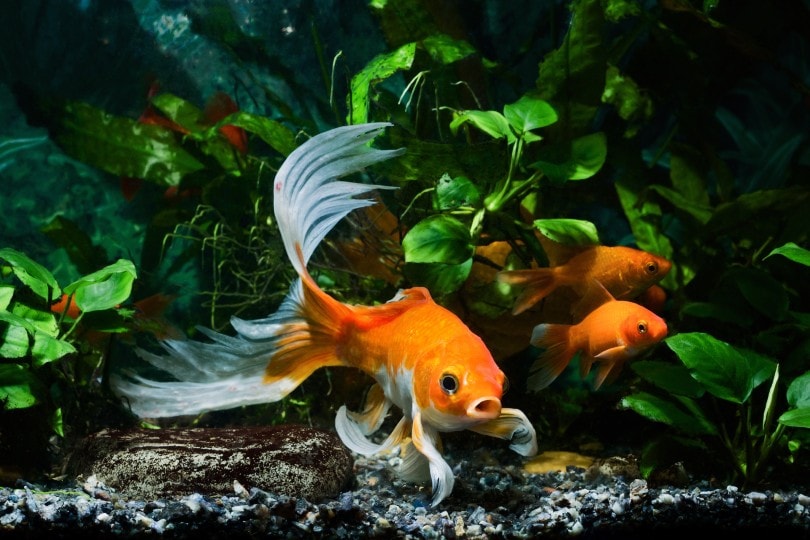
4. Provide a Healthy Diet
A high-quality diet that meets all your goldfish’s nutritional needs is essential. Goldfish are omnivores that require variety in their diet, and they thrive on high-quality pellets, along with nutrient-dense foods like fruits, vegetables, and frozen foods like bloodworms.

Conclusion
Helping your goldfish heal from tumors may not be possible, but most tumors and growths on goldfish aren’t harmful. Investigating the environment when growths develop is always a good idea, ruling out water quality issues, bullying, injuries from tank décor, and illnesses. Provide your goldfish with a clean tank and a nutrient-dense, varied diet to support their overall health.
When a fish vet is unavailable, you can discuss your options with an agricultural or teaching vet. They can determine what is wrong with your fish and provide treatment options. However, in most cases, the growths or tumors aren’t harmful.
Featured Image Credit: Pexels, Pixabay
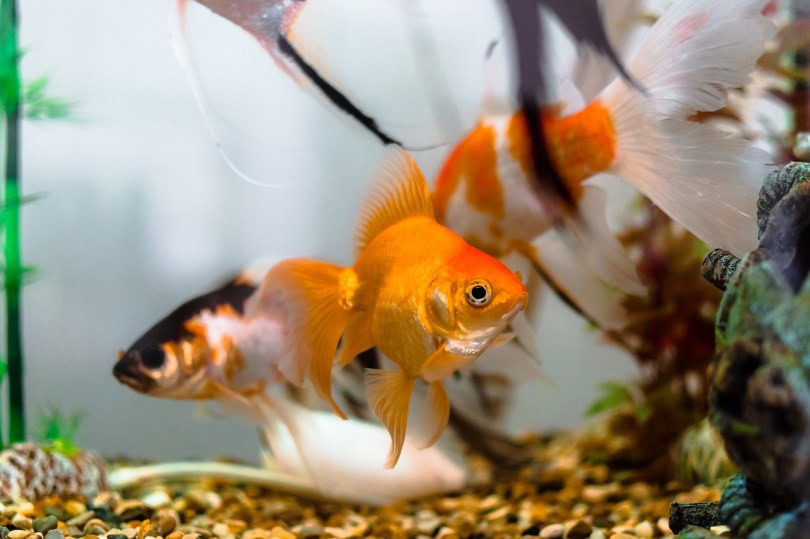






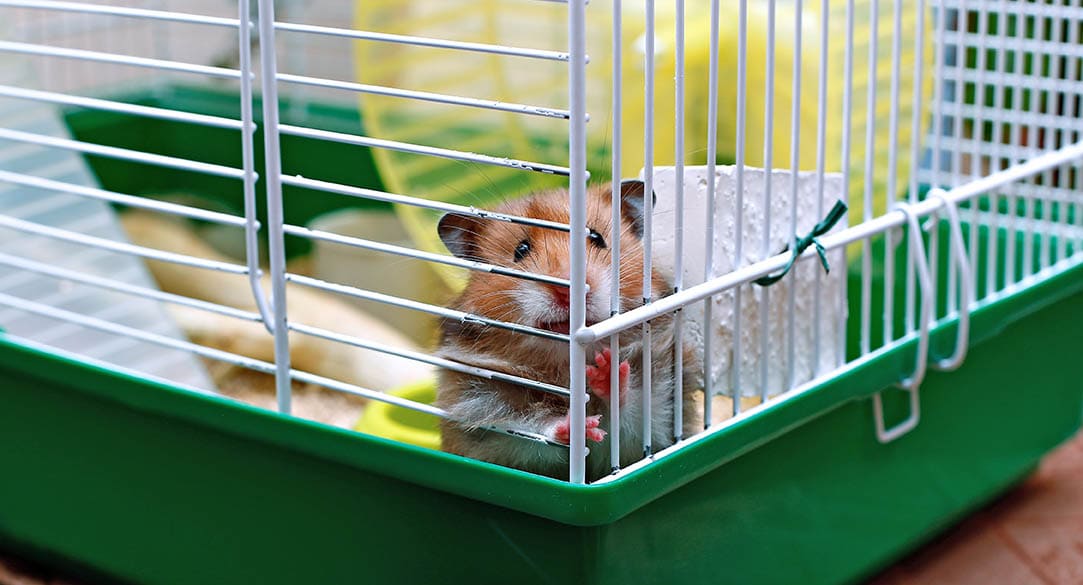
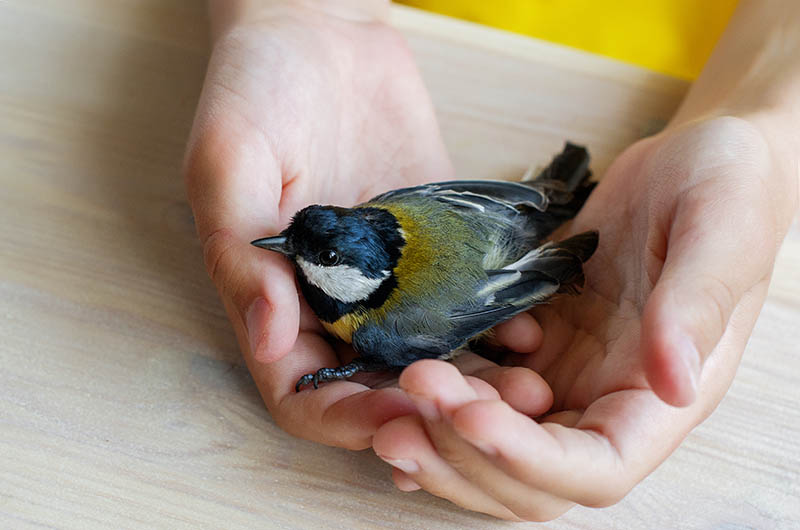


2 Responses
why does one of my fish look so pregnant but it’s not but it looks like the one in the pictures that looks fat
Hello Bailey,
thank you for your question. If you are positive that your fish is not pregnant, yet they look fat, there is a good chance some health issues could be the reason. We suggest taking your fish to veterinarian as soon as possible!